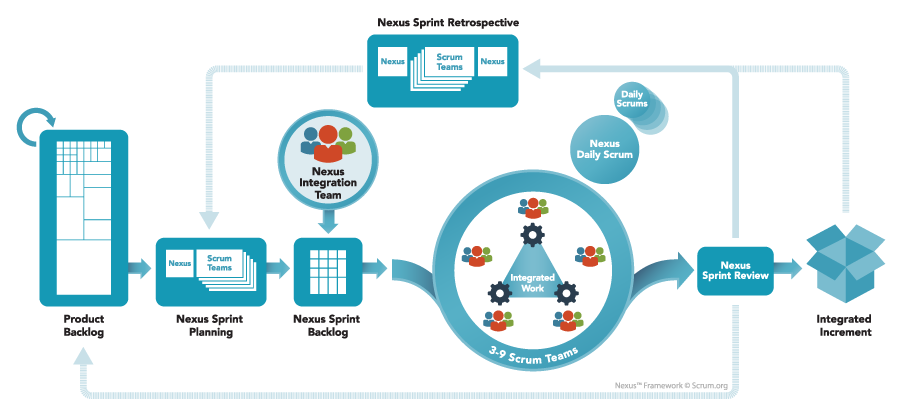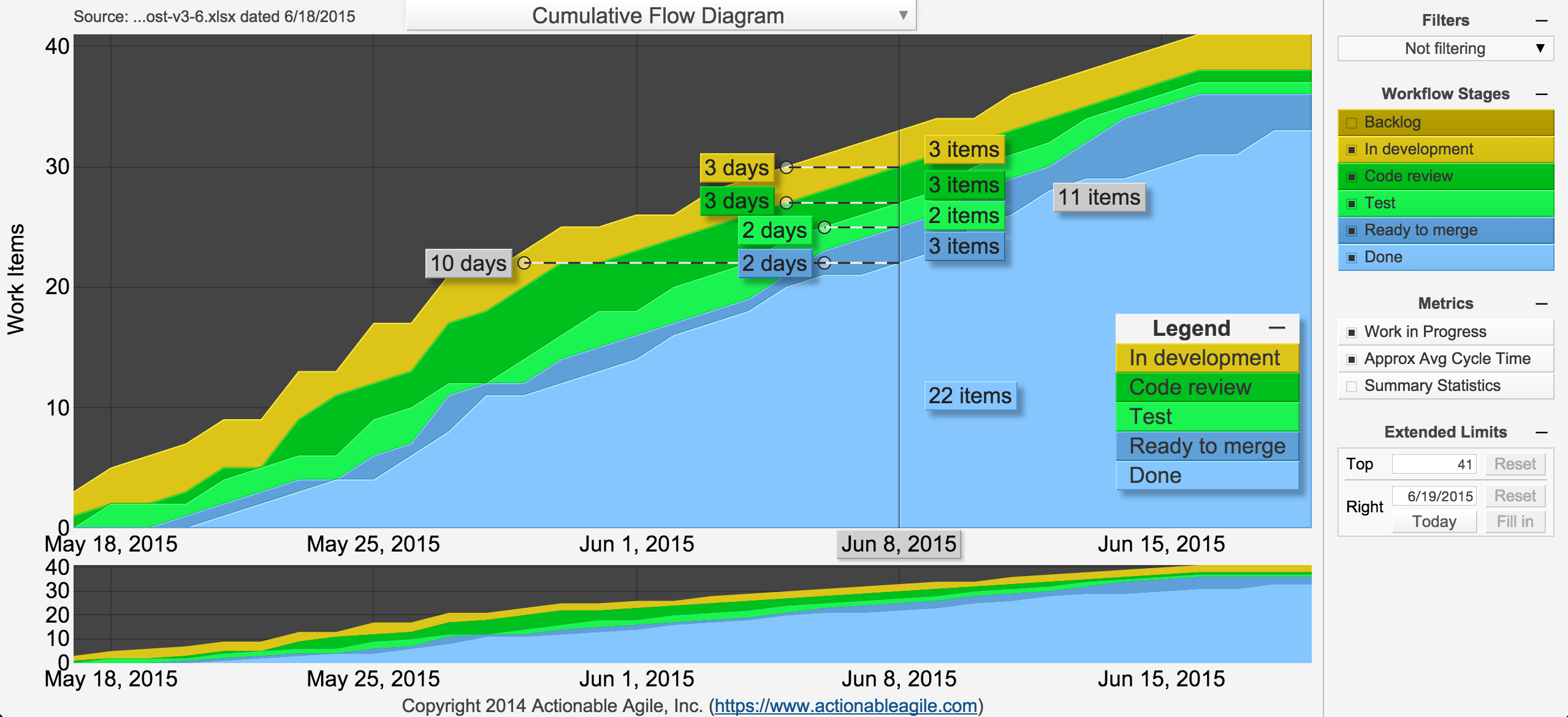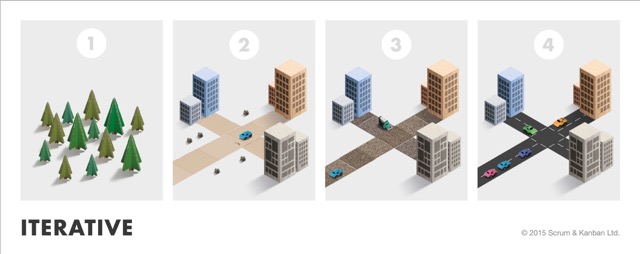Student’s t-statistic
Introduction In 1908, a guy at Guinness found a way to measure which types of barley produced the best beer-brewing yields: he called it the “t-statistic”. However, because Guinness was paranoid about giving away trade secrets, he had to publish his ideas under the pseudonym “Student”. Although we now know… Read More »Student’s t-statistic









